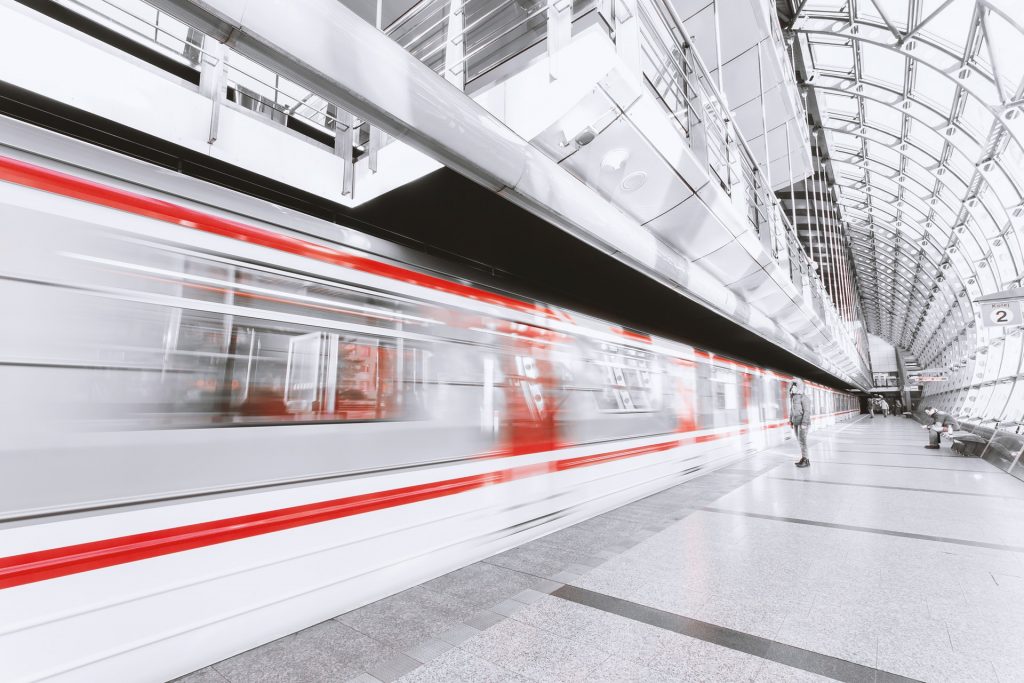
Just before my father died, he drove to visit me, then cheerfully walked down the road to have a haircut. He had been mostly bedridden for over a year and it was hard to recognise in this strong and happy man, the person I knew to be so ill. Within days he was in hospital and a week later he was dead. I found out later that this last burst of energy from a dying person is not at all unusual.
As with people, also with ideas?
As I watch the attempts of politicians to promote the use of coal fired generation, I think the same may apply to ideas. The fight for the dying idea of fossil fuel generation is so strong with some that it seems to outweigh all the death indicators, like the facts that solar is now far cheaper as well as environmentally more sustainable, that banks are not interested in supporting new construction and insurers are withdrawing their support.
And Rail?
What other examples can we see around us? I am a train buff. I enjoy travelling on trains, especially the London and Sydney tube lines, and my library contains many books of rail journeys and videos documenting the development, operations and maintenance of underground rail, so it hurts to think that this latest burst of rail construction might be another death rattle. However with the arrival of trackless trams, automated driving, and potentially reduced demand with greater use of video conferencing, and increases in the number of people working from home rather than central city offices (despite increased populations), one has to ask the question. On any rational assessment the need to cope with a rapidly changing future would seem to argue in favour of transport infrastructure that is lighter and more adaptable.
And yet the rapturous reaction to the proposal of a Melbourne Suburban Rail Loop, with hardly a voice raised in opposition, challenges this rationality. How much of this support is fuelled by the heady expectation that, with the rail loop, Melbourne will become another ‘London’ with all the status that implies? How much is it because we are familiar with this means of transport and therefore can easily visualise such a future whereas other options are perhaps still in science fantasy land? At this stage, these are just questions.
Professor Graham Currie
So I am greatly looking forward to my interview this Friday with Professor Graham Currie on the Melbourne Suburban Rail Loop. Professor Currie is Director of Monash Infrastructure, Chair of Public Transport, and Professor in Transport Engineering. He is a renowned international Public Transport research leader and policy advisor with over 30 years experience. He has published more research papers in leading international peer research journals in this field than any other researcher in the world.
(I don’t know whether this impresses you, but it impresses the heck out of me!)
Professor Currie is also founder and Director of the Public Transport Research Group at Monash University which was identified as the 3rd top academic research group in the world in an European independent review of the field in 2015.
I could go on about his numerous best paper awards and countless other achievements, but you get the picture. This is a person who knows what he is talking about when it comes to public transport.
You will be able to hear this interview on the September episode of our podcast.
YOUR CHANCE TO ASK YOUR QUESTIONS
If there are questions that you would like me to put to Professor Currie – be quick, put them in the comments section and I will do my best.
PS For those in Melbourne
If you would like to join us for AM exploration on the theme of how AMgrs can support their organisations in a changing future, be advised that Monday and Tuesday morning are now full but we have three spaces left Tuesday afternoon, 30th July. Email me at penny@TalkingInfrastructure.com – but do it quick!

Recent Comments